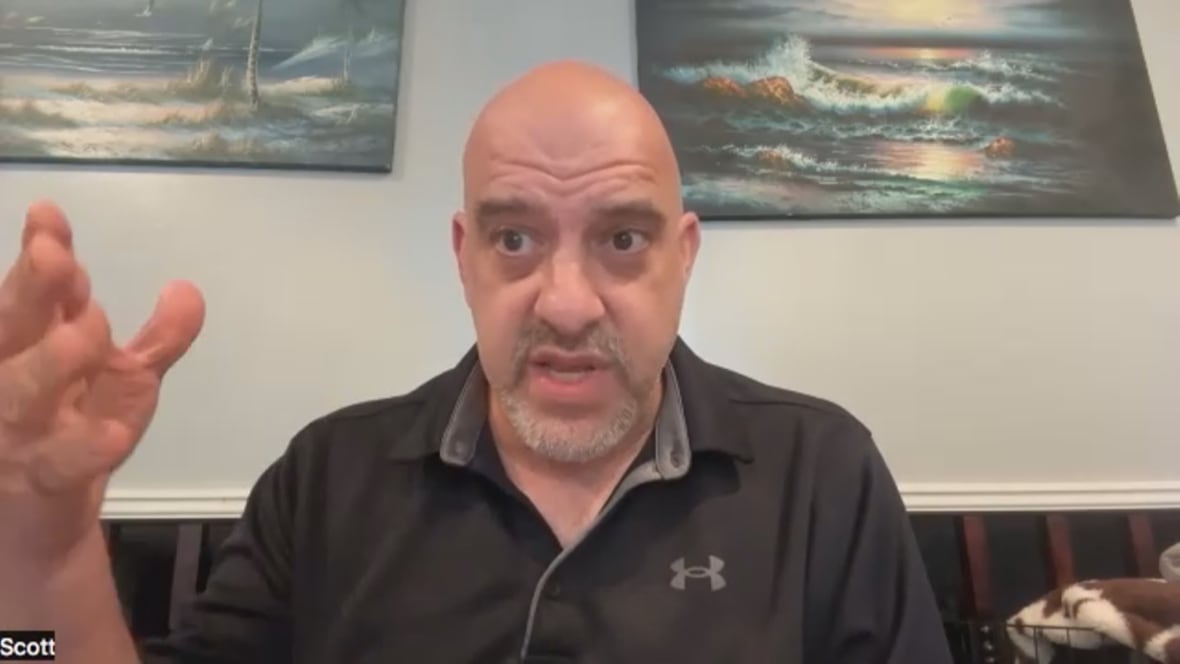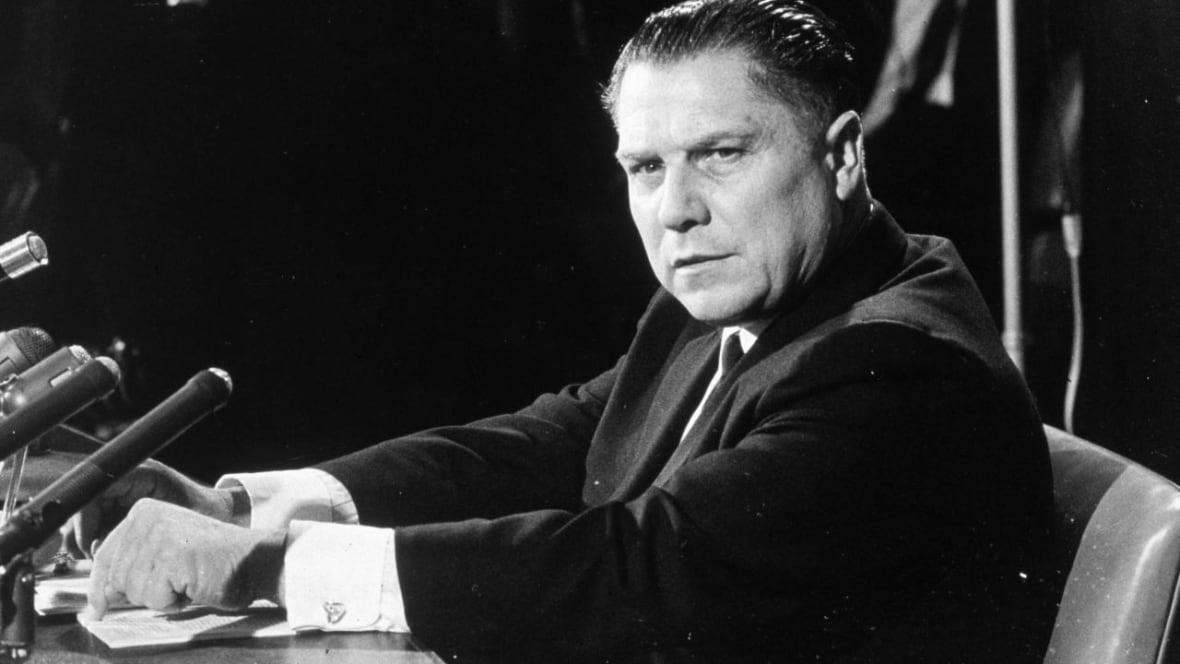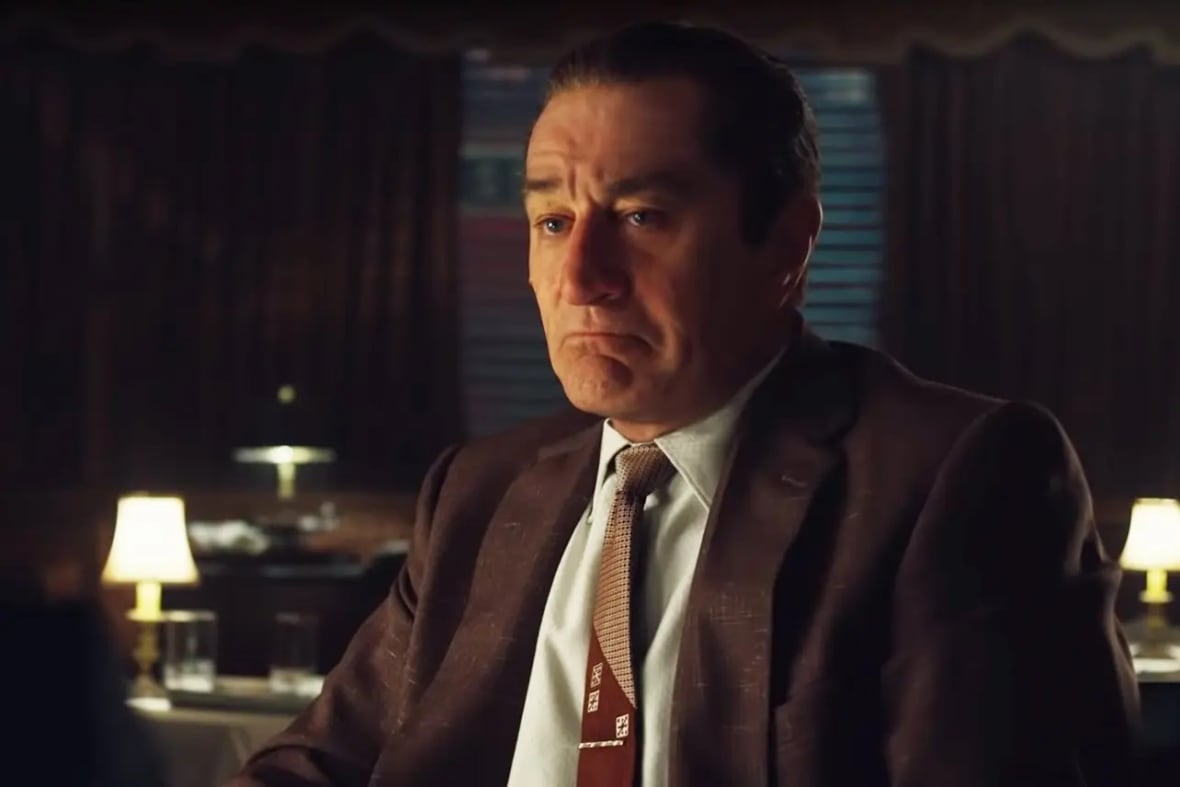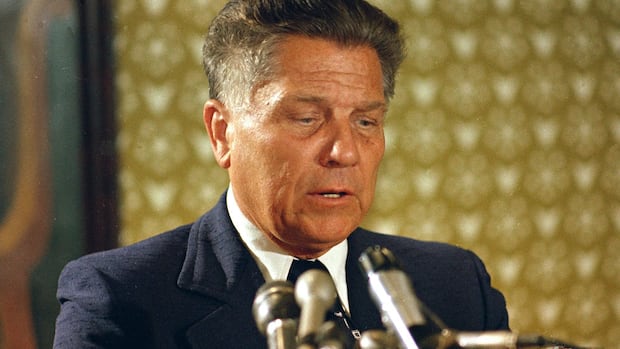'Embedded in Americana:' It's been 50 years since Jimmy Hoffa disappeared — and theories still abound
Detroit crime writer Scott Burnstein says his theory on the Hoffa mystery is the most credible
What happened to Jimmy Hoffa? Half a century since the controversial union leader disappeared, many are still wondering.
But not Detroit crime writer Scott Burnstein.
Burnstein — who describes himself as a leading expert on the Jimmy Hoffa case — says he believes his theory on Hoffa's ultimate fate is the most credible and corroborated yet.
"The Jimmy Hoffa case is kind of evergreen," Burnstein said. "I get calls about it on a regular basis, and I've been doing this [for] 20 years.
"The mythology grows and feeds on itself and takes on a life of its own ... It seems that something new comes up every couple of years, and it starts the cycle all over again."

Wednesday marks exactly 50 years since Hoffa went missing. He was last seen alive on July 30, 1975, in the parking lot of the Machus Red Fox restaurant in the Detroit suburb of Bloomfield Township, Mich.
Hoffa served as the president of the International Brotherhood of Teamsters beginning in 1957. Allegedly involved in criminal activity since his early days of union involvement, he was imprisoned in 1967 and sentenced to 13 years on jury tampering, bribery, conspiracy and mail and wire fraud charges, though his sentence was commuted in 1971.
Of course, the prevailing legend is that members of the Mafia murdered Hoffa — it's the particulars that have been the subject of endless debate.
Generations since the crime happened, the mystery endures in public consciousness, thanks to a cottage industry of articles, books, podcasts, discussion panels, and depictions in television and film.

Martin Scorsese's 2019 movie The Irishman once again brought Jimmy Hoffa to international audiences, with Robert DeNiro portraying Frank Sheeran — the mob enforcer who claimed to be the man who shot Hoffa.
Burnstein is not a fan of the film.
"The Irishman is historical blasphemy," he said. "It's negligence ... I'm saying Frank Sheeran is a liar. He had a reputation in law enforcement circles of being a loud, drunken storyteller."

And don't get Burnstein started on all the other theories that have floated around over the years: Hoffa was buried under the Renaissance Center, the towering centrepiece of the Detroit skyline; Hoffa was encased in a concrete driveway in Roseville, Mich.; Hoffa ended up under Giants stadium in New Jersey.
"Absolutely absurd," Burnstein scoffed.
Here's what Burnstein believes: Jimmy Hoffa was taken from the Machus Red Fox restaurant to a nearby home in Bloomfield Hills under the pretext of a peace meeting — and that's where mob solider Anthony Palazzolo did the deed, under the orders of Detroit mob capo Tony Jack Giacalone.
"I don't know for sure how [Hoffa] was killed. He was either shot to death, strangled to death, or bludgeoned to death. I've heard — from sources I consider very reliable — all three scenarios," Burnstein said. "Everything else, I've pretty much been able to lock down."

Burnstein believes Palazzolo then put Hoffa's body into a meat grinder (a detail Palazzolo was recorded saying via FBI wire tap), and the remains were burned to ash at a Detroit mob-connected sanitation business, which burned down a few months later.
"They accomplished the perfect murder — but it was almost too perfect," Burnstein said. "They did such a great job of getting rid of the body, there's still this interest to find the body."
Burnstein isn't alone in his theory. Last week at Macomb Community College, he joined a discussion panel with retired federal prosecutor Rick Convertino and former Detroit mob member Nove Tocco.
"This is the standing FBI theory," Burnstein said.

Burnstein continues to discuss the case on podcasts and write content for his web magazine, The Gangster Report.
"I get the feeling I'll be doing Jimmy Hoffa interviews in the retirement home when I'm in my 80s," Burnstein mused. "There's this aspect of the case that is embedded in Americana, the fabric of popular culture."
There's this aspect of the case that is embedded in Americana, the fabric of popular culture.- Scott Burnstein
Windsor fiction writer Sara Macri is well aware of the allure of the Hoffa mystery, and Mafia in general. She set her debut novel Overcoming Omerta in the underworld of 1950s American organized crime — the same milieu where Hoffa began his shady connections.
"I think when someone just disappears, and there's no closure, and there's no real explanation — it just always fascinates the public," Macri said. "I think [Hoffa] tried to be a hero, but in the end, he made the wrong choices with the wrong people."
The word 'omerta' refers to the Mafia code of silence. Macri believes that popular culture — including her book — romanticizes "the golden era" of the mob.
"I've just always been fascinated with the psychological aspect of individuals that can perform such acts of violence," she said.
Asked for her favourite theory on Hoffa's disappearance, Macri pointed to Anthony Provenzano — the vengeful New Jersey mobster who had disputes with Hoffa, including when they were both in prison.
"[Provenzano] was a captain at the time in the Genovese crime family," Macri explained. "I really think he put something up the chain, and things took movement from there."
One thing Macri is certain of: Those involved in killing Hoffa were people he knew. He may have even thought of them as friends.
"In that organization, especially those that grew up in it... the moment you stop becoming useful, the moment you betray the family — it's as easy as blinking for them to get rid of you."


